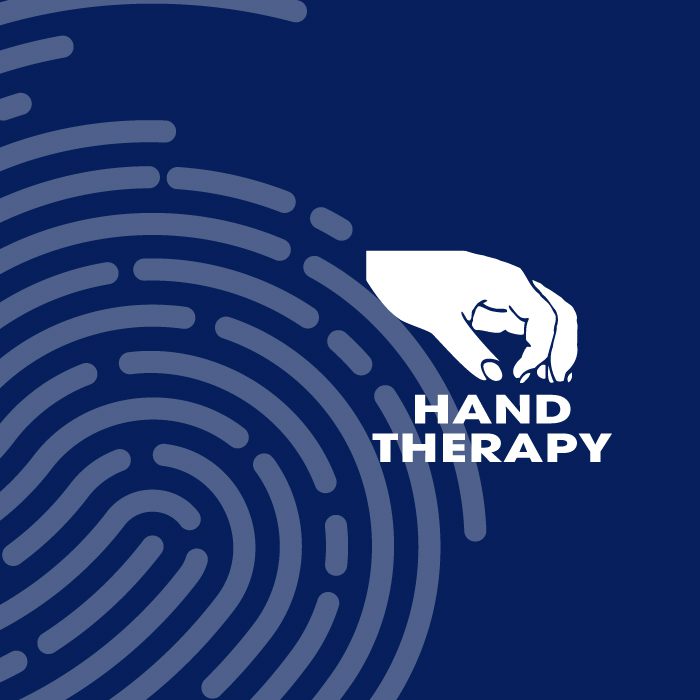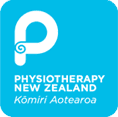De Quervain’s tenosynovitis is a condition that affects two tendons that run from the back of the thumb down the side of the wrist. De Quervain’s tenosynovitis is the name given to the condition that occurs when these tendons are swollen and irritated. Swelling of the tendons, and the tendon sheath (a tunnel-like structure that the tendons travel through at the wrist), can cause pain and tenderness along the thumb side of the wrist.
Risk Factors
De Quervain’s tenosynovitis:
- May be caused by repetitive movement of the thumb and wrist e.g., repetitive use of a screwdriver.
- Is the second most common hand and wrist problem occurring during pregnancy and the postpartum period. Fluid retention during the third trimester of pregnancy and repetitive picking up of the baby in particular positions that are needed for nursing and care of the child predispose new mothers to tenosynovitis. There is thought to be a hormonal contribution to this condition during the postpartum period, as symptoms usually resolve spontaneously after the termination of breastfeeding.
- Is up to 8-10 times more common in women than men.
People who are older than 40 years of age are almost 4 times as likely to develop De Quervain’s tenosynovitis than people who are younger than 20 years of age.
Diabetes and auto-immune disorders such as rheumatoid arthritis, lupus, and hypothyroidism are associated with an increased risk of diagnosis.
Signs & Symptoms
When the tendons are inflamed, pain is experienced at the thumb side of the wrist and can travel up the forearm. The pain may appear either gradually or suddenly. The pain is usually worse when the hand and thumb are being used and swelling may be seen over the thumb side of the wrist. Pain and swelling commonly make movement the thumb and wrist difficult.
Treatment
Hand therapists are experienced at treating this condition and can provide a splint to help support the wrist and thumb and settle the inflamed tendons. The splint should be worn consistently for about 6 weeks. Other non-invasive treatments include massage with a topical cream, oral anti-inflammatory medication, and activity modification.
If symptoms do not resolve with the above measures, the next step would be referral to a specialist so that a cortisone injection can be administered into the inflamed tendon sheath that the tendon slides through (not into the tendon itself). Research has shown that the cortisone injection is most effective if administered in the first 4 months of symptom onset and the success rate for the first injection is 70%. About 20% of people will go on to have a second injection, and about 8% will go on to have surgery. The surgical procedure is performed under local anaesthetic and involves the surgeon cutting open the tendon sheath that the tendons travel through, to release pressure and reduce irritation. Recovery time post-surgery is approximately 6 weeks.
Please contact our clinic if you have been diagnosed with De Quervain’s or feel that your symptoms match those in this article. Our therapists are able to assess, diagnose and treat De Quervain’s, and can also refer you to a specialist for a cortisone injection when appropriate.




